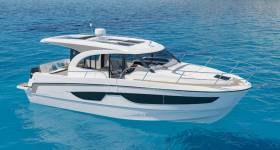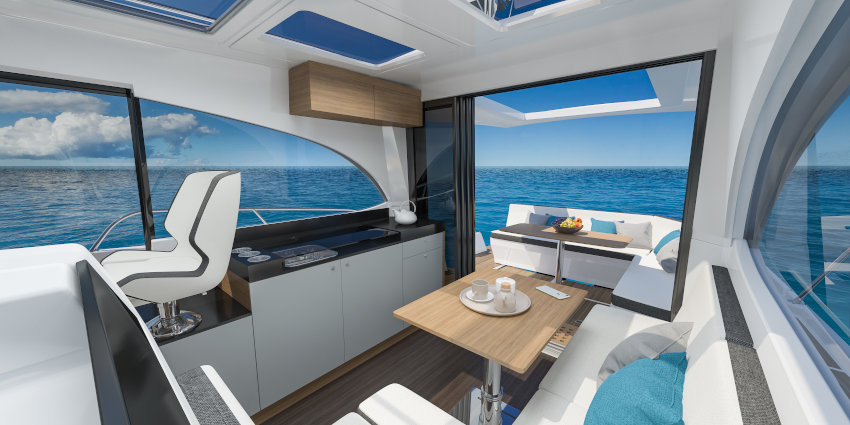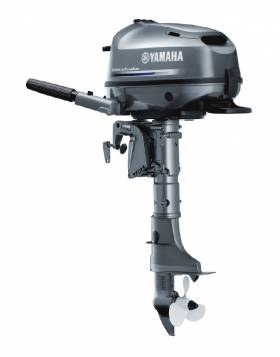Displaying items by tag: Outboards
Prison ‘Highly Likely’ For Kinsale Outboard Motor Thieves, Judge Says
A judge at a Cork court has told two outboard motor thieves that the targeting of outboard engines for theft is a particularly disquieting crime, writes Tom MacSweeney.
At Cork Circuit Criminal Court, Judge Sean Ó Donnabháin refused to grant bail to the two men and remanded them in custody for sentencing on November 7.
He said that prison sentences were highly likely.
Giedrius Stoncius (30) and Giedrius Lukosius (33), both with addresses in Mallow, pleaded guilty to the charges of theft in Kinsale in February.
The court was told that the stolen property had been returned to the owners and money had been brought to the court to pay for damage.
The judge said that the methodology and extent of the offences suggested a professional organisation.
Gardaí had warned boat owners about thefts in February.
Beneteau has officially unveiled the Antares 11, the French sail and motor boat builder’s largest ever outboard vessel.
And considering the huge popularity and affordability of outboard boats in recent years, it’s being touted by Irish Beneteau dealer BJ Marine as a very exciting launch.
Seaworthy, luxurious, spacious and versatile are words that the Antares 11 brings to life.
Three cabins, one of which is a true owner’s cabin; two x300hp engines; a foldout cockpit and huge amounts of natural light make it so much more than a weekender.
The Antares outboard range has been BJ Marine’s fastest growing range in Ireland since 2016 with more new models coming to Ireland year on year.
The growth started with the Antares 7 and 8, based primarily on the exceptional value that the outboard configuration offered in comparison to the inboard diesel models, as well as the extra interior space that the outboards allow.
This led to the launch of the Antares 9 last winter, powered by twin Suzuki 200hp engines, which has already proven a strong seller — so much so that a brand new one is now in stock at BJ Marine’s Greystones office.
With the Antares 11, the dealer’s outboard offering can go to a whole new level.
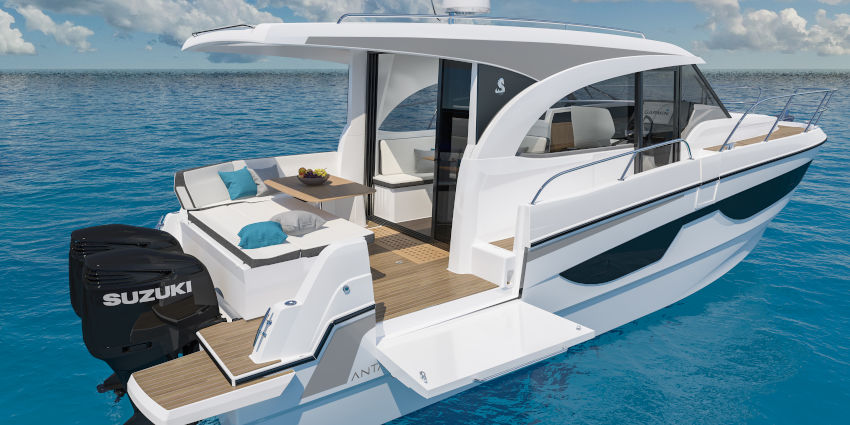
The boat model will be introduced and demonstrated at Nautic Paris this December and will be on display at Boot Dusseldorf in January.
The BJ Marine team will be on site for the full show at Dusseldorf to welcome people on board and discover this exciting new model — but plenty of information is already available to share with those interested.
BJ Marine also has smaller Antares models in stock with trade-ins available — easy boating getting more newcomers afloat every season.
O’Sullivan’s Marine Add Yamaha To Their Top Class Engine Brand Range
For many years O’Sullivan’s Marine have been the ‘go to’ outlet for quality outboard engine brands such as Tohatsu, Suzuki and Honda — and now Yahama outboards have been added to their available stock range, writes Brian O’Sullivan.
Whether you are looking to purchase an individual engine, or as part of a tailored boat package, O’Sullivan’s Marine are now able to offer all top-quality engine brands — ex stock.
Yamaha’s highly popular engines are well known for their reliability, quiet running and excellent fuel economy, and range from lightweight portable 2.5HP right through to the powerful 350HP V8.
O’Sullivan’s Marine are renowned for their expertise in both the supply and servicing of outboard engine, and have the largest choice of outboard engines on permanent display in their Tralee showrooms.
With full-time mechanics and the latest equipment and software, O’Sullivan’s Marine can service everything they supply. Contact them for a quotation — for a new engine to whatever repairs may be required, they are happy to oblige.
New Suzuki Outboard Motors Punch Above Their Weight
#TradeNews - Motor boaters looking for some featherweight power will want to consider two new Suzuki outboard models that punch well above their weight.
At just 62kg each, the DF30A and DF25A are the lightest in their respective classes. But despite their lack of heft, Suzuki haven't scrimped on the innards.
Both models boast a new battery-less electronic fuel injection system for quicker starts, smoother operation and better acceleration.
Other features include roller rocker arms, an offset crankshaft, improved intake and engine cover ventilation and up to 15% increased fuel efficiency.
Production begins shortly, with the first models expected in dealerships by May this year - just in time for summer!
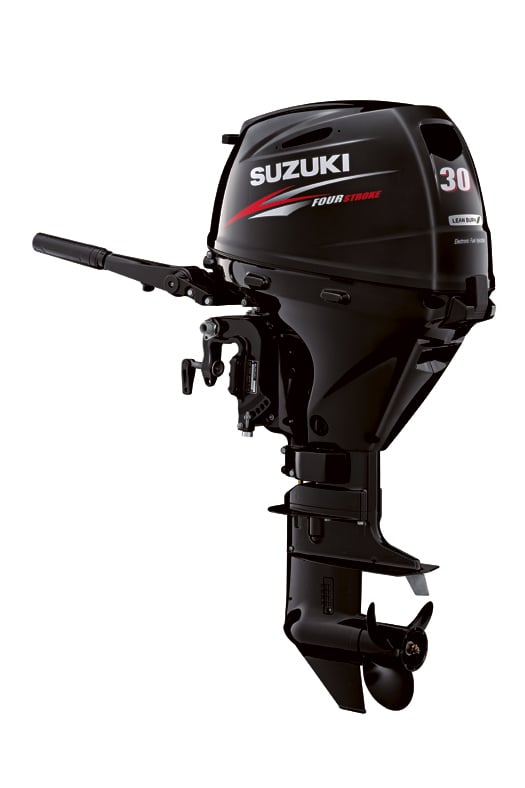
Prices of Honda Outboard Engines Slashed
Nearly Euro 1,500 can be saved off selected Honda Engines according to an advertisement in the June/July issue of Afloat magazine.
The remarkable price drop from the Japanese engine manufacturer is a response to flagging Irish marine sales over the past two seasons and great news for Irish boaters.
M50 Honda is advertising the popular BF15 outboard engine at Euro 2491 a saving of over Euro 600 from the recommended price.
The Dublin 12 dealer is offering savings on four engines in the Honda range but the biggest saving is Euro 1468 off the popular BF50.
The offer is limited and applies to only five engines of each model. More details on the inside back cover of June/July Afloat!




























